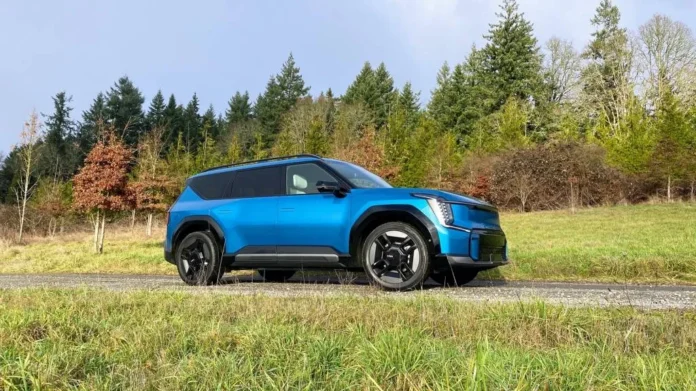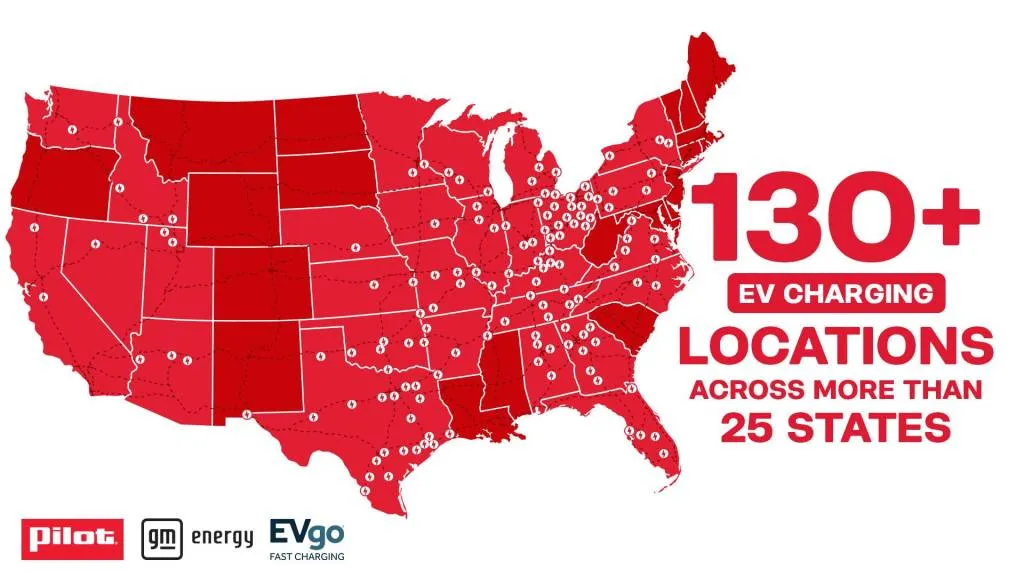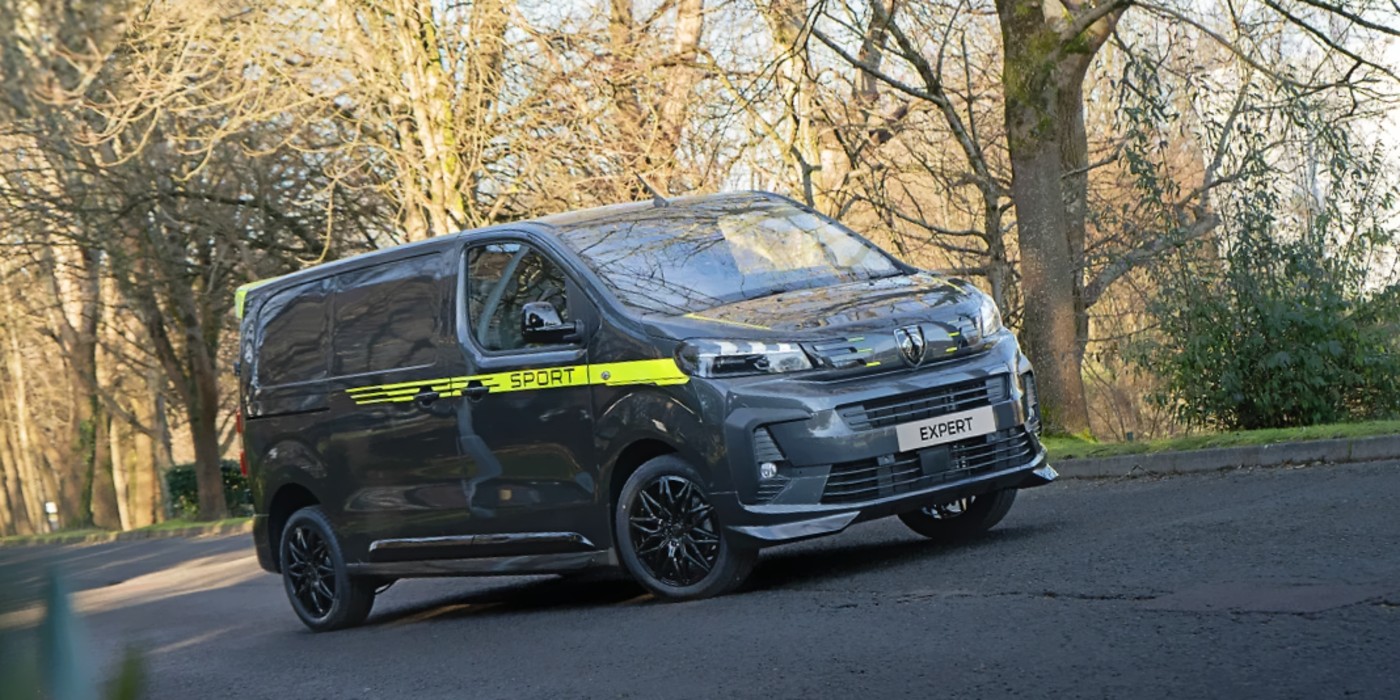Take the smart-home platforms on offer from Amazon, Apple, Google, Samsung, and other tech vendors, which can control light bulbs, thermostats, ovens, refrigerators, and a growing roster of other devices. These systems rely on WiFi and broadband connections, and that’s not good enough to let households skip upgrading their electrical panels, Rao pointed out. The latest certifications for power control systems require fail-safes that work even when the internet is down, something Span’s products do by sensing overloads and shutting down circuits.
On the other hand, rudimentary on-off control switches are far from ideal, Hinson said.
“A lot of these devices don’t like to be controlled” by having their power cut off externally in such a rough-and-ready manner, he added. For example, abrupt power cutoffs trigger the “charging cord theft alert” feature in EVs like the Chevy Volt, which starts the car alarm until the owner shuts it off — not a pleasant experience for the EV owner or neighbors.
More importantly, Hinson said, a good system needs to control “large loads so they’re aware of each other,” he said. Homeowners want to control which appliances get shut off when the need arises, whether it’s their EV charger, clothes dryer, oven, or heating and cooling, he said. But to do that, “the car has to know what the electric oven is doing, which has to know what the heater is doing.”
Span’s devices have two ways to do this, Rao said. Because they contain the connection points for power to flow through circuit breakers to a home’s electrical wiring, the devices can directly measure how much power household loads are using — and cut them off completely in an emergency.
At the same time, Span uses WiFi or other technologies to communicate with “smart” heat pumps, water heaters, EV chargers, and other devices, he said. That allows households to control the power that devices get on a more granular scale as well as collect information beyond how much power they’re using, such as when an appliance is scheduled to turn back on or, for EVs, how quickly they need to be recharged to give the driver the juice they need to get to where they’re going next.
What’s important is that a system can provide both options, Rao contended. “If you only did on-off control, the customer experience is bad,” he said. “If you only did WiFi, you’re not safe enough for the grid.”
What’s in it for utilities — and their customers?
Having both visibility into and control over home electricity flows creates the groundwork for a more flexible approach to enlisting homes in utility virtual power plants, or VPPs. In simple terms, VPPs are aggregations of homes and businesses that agree to turn down power use or inject power onto the grid as utilities need, helping reduce reliance on large centralized power plants.
Most of the virtual power plants that exist today are organized around individual devices — smart thermostats that can reduce electricity demand from air conditioning, for example, or solar-battery systems that can send power back to the grid. Each of these technologies has its limitations, and utilities’ reliance on them is often constrained by a lack of precise data on how much power the grid is using or can offer at any particular time.
A system that tracks the energy use of multiple appliances and devices in a home could bring far more precision to these VPPs, Rao said. “That’s very different than the demand-response world, where you call a thermostat and say ‘I hope it responds to me.’”
Utilities certainly have a growing interest in using these kinds of devices. On Monday, Pacific Gas & Electric announced a new VPP pilot program that seeks to enlist customers willing to allow the utility to control their “residential distributed energy resources to reduce local grid constraints.”
PG&E is looking for up to 1,500 electric residential customers with battery energy storage systems and up to 400 customers with smart electric panels. Its partners include leading U.S. residential solar and battery installer Sunrun, which has done VPP pilots with the utility in the past, and Span, which will use its technology to allow homes to respond to utility signals.
Span has already tested this capability in a pilot project enlisting customers who’ve installed the company’s smart panels in Northern California, Rao said. The results so far are promising, although only a handful of households are taking part.
Getting utilities to deploy Span Edge devices could expand the scale of those kinds of programs, he said. Of course, households will have to agree that letting some of their electricity use get turned off or dialed down during hours of peak grid stress is worth avoiding the cost and wait times of upgrading their electrical service to get the EV charger or heat pump they want.
Span hasn’t revealed the cost of the Span Edge, which Rao said will soon be deployed in pilot projects with as-yet unnamed utilities. The company has a partnership with major smart-meter vendor Landis+Gyr, which is offering the Span Edge to its utility customers.
The question for utilities, regulators, and other stakeholders is whether the long-term payoff in avoided infrastructure upgrades is worth the cost of the technologies that must be deployed to make that possible. Those calculations will inform decisions such as whether customers getting the technologies should pay a portion of the price tag and how much profit utilities should be allowed to earn on the costs they bear in installing the tech.
PG&E’s chief grid architect, Christopher Moris, said the Span Edge device “is a potential solution which may be able to, at a reduced cost, enable customers to connect their EV and transition off of gas.” One of the utility’s biggest near-term challenges is helping customers install EV chargers, he noted. PG&E has more than 600,000 EVs in its service territory, almost certainly more than any other U.S. utility.
The company also faces customer and political backlash to its recent rate hikes, a problem driven by its need to carry out more and costlier power grid upgrades. While devices like the Span Edge could help address that problem, “we realize how new such a concept is for our customers,” Moris said.
“I’m very bullish on this new solution — but we don’t know what we don’t know,” he said. PG&E “will need to go through a customer discovery process to really understand their challenges more first, before definitely landing on the Span solution and, if so, what the end-to-end solution looks like.”































